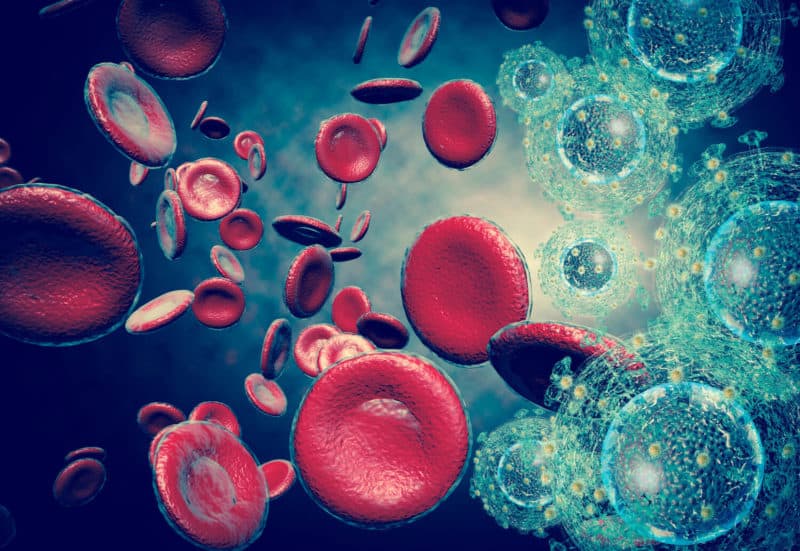The Link Between HIV Care & Cardiovascular Risks
There have been outstanding changes in the care of HIV since it was first described in 1980. Between the years 1980 to 1995, we had very little to offer patients except for expanding prophylactic therapy against opportunistic infections which became more exotic as T cells, better known as CD4 cells, decrease towards zero. At that time, all we could offer patients was delaying tactics until the inevitable.
In 1987 the only antiretroviral drug that was available for HIV patients was AZT. Back then, AZT was administered five times a day. One of the biggest drawbacks to giving this medication five times a day was bone marrow suppression. By 1996 we discovered that a two-drug regimen improved outcomes. Later that year it was discovered that a three-drug regimen showed a 60 to 80% reduction in progression to AIDs, hospitalizations and death. The real game changer occurred in 1997 when testing became available to determine the suppression of viral activity, otherwise known as viral load testing. By 2002 we were able to test for resistance to the numerous medications that were now available for patients with HIV.
Since that time medication regimens have become much simpler and with fewer side effects. HIV disease is no longer the death sentence it used to be 20 to 30 years ago. There are patients with HIV living well into their 70s and 80s now.
Unfortunately, with this type of success, come new challenges. One of these new challenges that patients with HIV face is the increased risk of cardiovascular disease. According to an article published in JAMA back in December 2016, it demonstrated that non-infectious causes of morbidity and mortality due to cardiovascular disease have a disproportionately negative effect on patients being treated with anti-retroviral therapy, creating what some feel is a double jeopardy phenomenon. In other words, by preventing patients with HIV dying earlier from opportunistic infections, the risk of cardiovascular disease has been allowed to increase.
Apparently, in patients with HIV, plaque buildup occurs 10 to 15 years earlier than what is seen in the unaffected population. It is believed that the inflammatory state that occurs because of HIV accelerates the aging process, thereby increasing the risk of heart disease. This is becoming more common as HIV patients live longer. Some researchers believe that the risk of a heart attack in people with HIV is roughly 50% higher than protected by the risk calculator many physicians use for the general population. Unfortunately, the risk of a heart attack or stroke is grossly underestimated in individuals with HIV. It is believed that it is nearly double that of the general population.
As already stated, many believe that the chronic inflammation that occurs with HIV is the driving force behind the accelerated risk of cardiovascular disease. This has been seen in patients, despite having an undetectable viral load due to compliance with anti-retroviral therapy. The current theory is believed to be that even though we are able to suppress viral replication, maximal viral replication still occurs in various body tissues such as lymphoid tissue which creates the plaque through the inflammatory process, causing buildup in the arteries which can then lead to a heart attack or stroke.
The biggest challenge facing this new epidemic is who should be assigned with the task of screening HIV patients for cardiovascular disease. Many infectious disease specialists who have large HIV populations have stated that their only concern is viral load and T cell count. Other than that, it’s somebody else’s problem. Primary care physicians, who also manage HIV, most likely will be the ones assigned with the task of having their patients screen properly for cardiovascular disease. This will include testing for cholesterol levels, triglycerides and most likely a set stress test of some sort.
However, there is one other person who will be very important moving forward with recognizing this new double jeopardy. It is you, the patient, who must take charge and be aware of the risk factors that you face. As we move forward in this new century, we will face other challenges involving HIV disease. It is my belief that education and awareness will be the most important tools.







